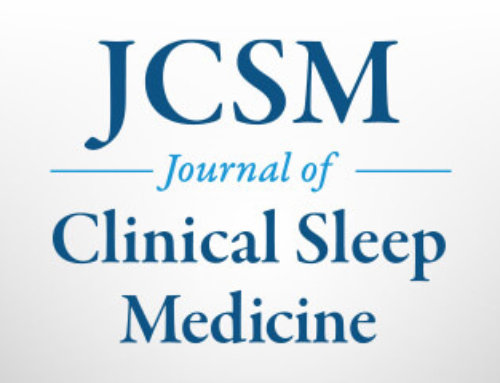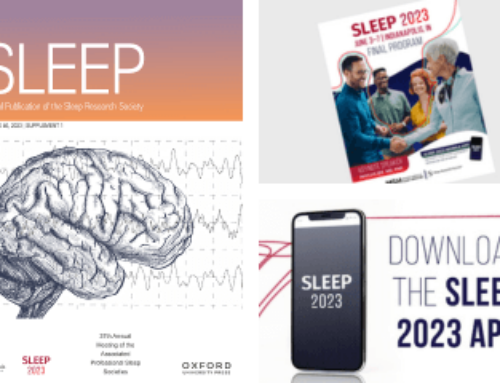Westchester, Ill.— A study in the Sept. 1 issue of the journal Sleep shows that objectively measured heavy snoring is an independent risk factor for early carotid atherosclerosis, which may progress to be associated with stroke.
In a study of 110 adults, the prevalence of carotid atherosclerosis was 20 percent with mild snoring, 32 percent with moderate snoring and 64 percent with heavy snoring. After adjustment for age, gender, smoking history and hypertension, heavy snoring was significantly associated with carotid atherosclerosis
“Heavy snorers may be at risk for the development of carotid atherosclerosis, which is the leading cause of stroke,” said lead author and study coordinator Sharon Lee, associate professor and director of the Ludwig Engel Centre for Respiratory Research at Westmead Hospital in Australia. “Heavy snorers…should have a review of all their risk factors for vascular disease.”
The study is the first to objectively measure and quantify snoring, rather than using a questionnaire, to explore the association between sleep-disordered breathing and carotid atherosclerosis. According to Lee, the high prevalence of snoring in the community means that these findings have substantial public health implications for the management of carotid atherosclerosis and the prevention of stroke.
The American Academy of Sleep Medicine reports that habitual snoring occurs in about 24 percent of adult women and 40 percent of adult men. Loud and frequent snoring also is a warning sign for obstructive sleep apnea.
One-hundred-and-ten participants with ages ranging from 45 to 80 years were examined in a sleep laboratory. Volunteers were categorized as snorers and non-snorers with only mild, nonhypoxic obstructive sleep apnea. Participants underwent polysomnography with quantification of snoring, bilateral carotid and femoral artery ultrasound with quantification of atherosclerosis and cardiovascular risk assessment. A snoring index (the number of snores per hour) and snoring sleep time (the total number of 30-second sleep periods that contained three or more snore sounds expressed in a percentage) were used to categorize participants. Based on results, participants were deemed mild snorers (0-25 percent night snoring), moderate snorers (greater than 25-50 percent night snoring) and heavy snorers (more than 50 percent night snoring).
Prevalence of atherosclerosis was related to snoring sleep time in a nonlinear fashion, with a stable prevalence of atherosclerosis below a snoring sleep time of 50 percent but increasing substantially for snoring sleep times longer than 50 percent.
According to Lee, treatments such as weight loss, decreased alcohol intake, oral appliance therapy and continuous positive airway pressure (CPAP) therapy have all been shown to successfully reduce snoring. There are no studies on whether reducing snoring will reverse damage to the carotid arteries.
Information for patients and the public about snoring is available from the AASM at http://www.sleepeducation.com/Disorder.aspx?id=26.
The Journal Sleep is the official publication of the AASM.
For a copy of the study, “Heavy Snoring as a Cause of Carotid Atherosclerosis,” or to arrange an interview with an AASM spokesperson, please contact Kelly Wagner, AASM public relations coordinator, at (708) 492-0930, ext. 9331, or kwagner@aasm.org.
###




